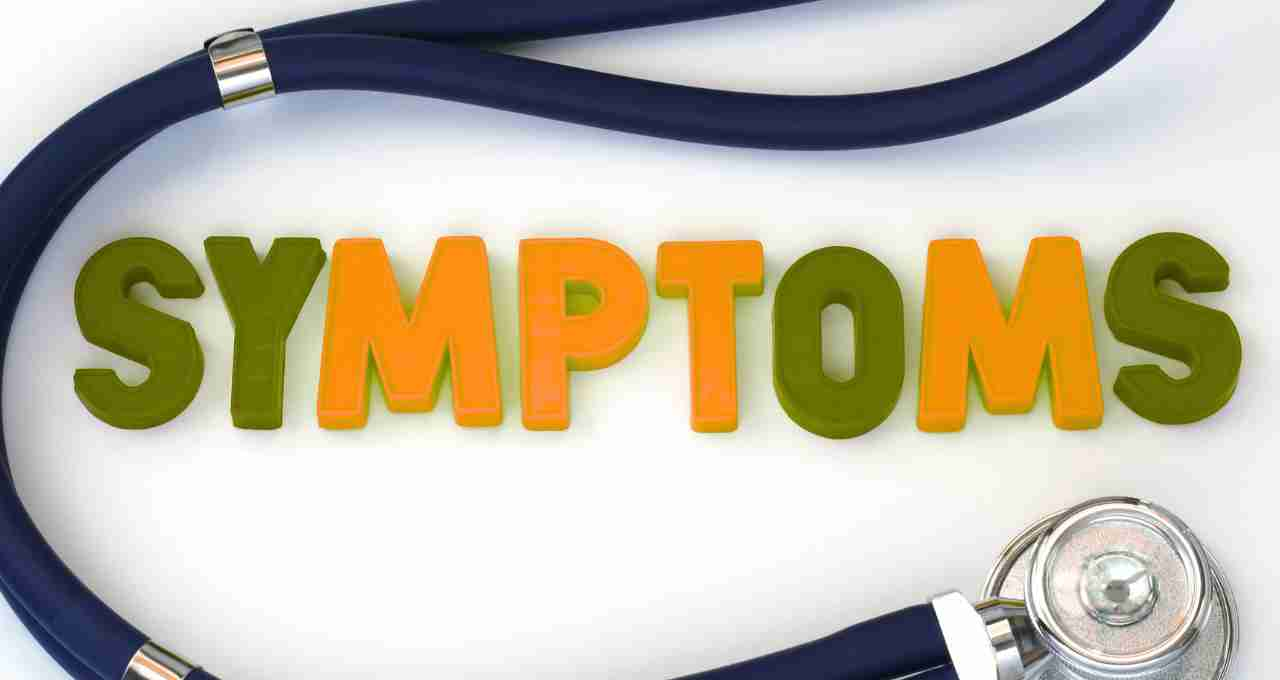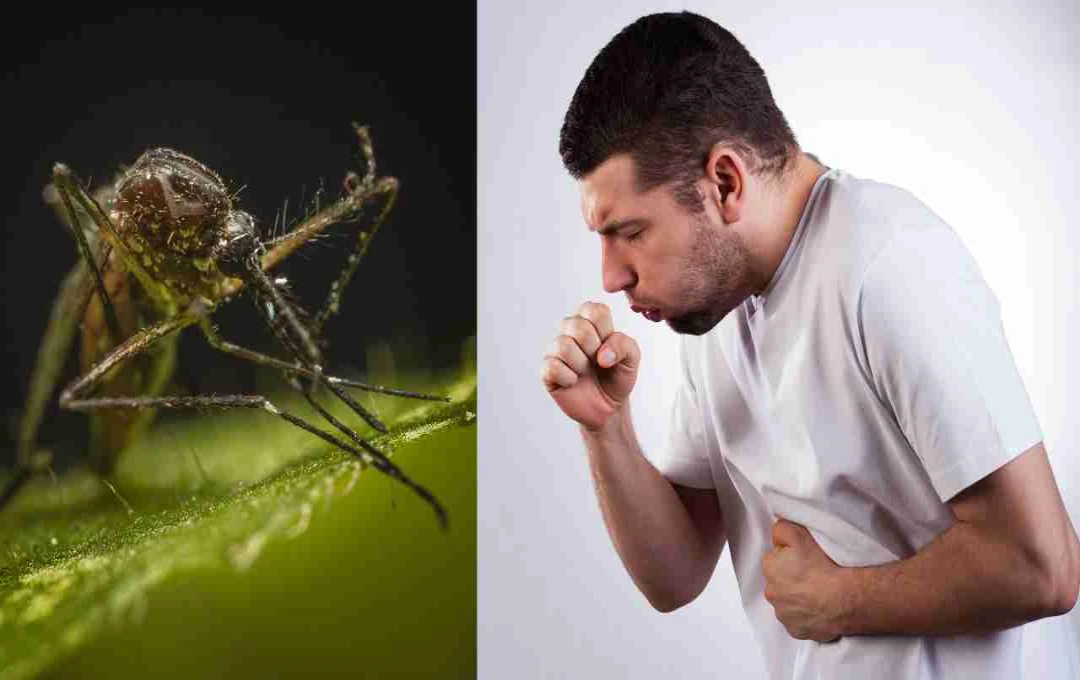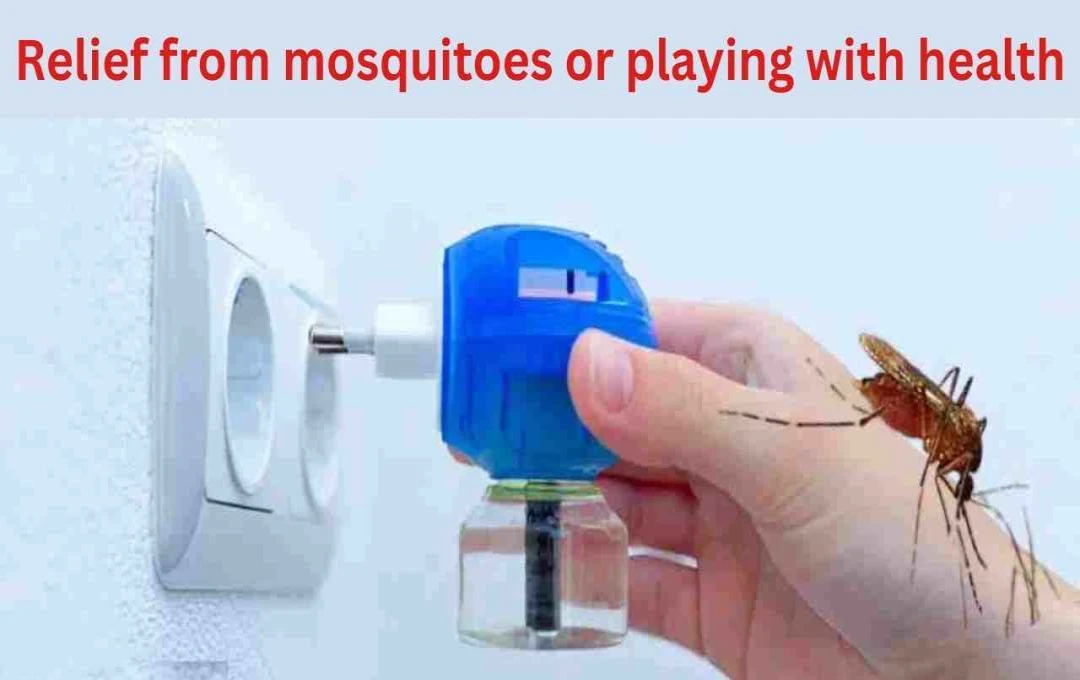During the monsoon season, the symptoms of common cold and mosquito-borne diseases like dengue often overlap, causing confusion among people. A common cold typically presents with a runny nose, cough, and sore throat, whereas dengue and malaria are characterized by high fever, body aches, joint pain, and skin rashes.
Symptoms of Cold and Dengue: While the monsoon season brings relief, it also escalates the risk of diseases. In Delhi and several other places, people are currently experiencing issues like fever, cough, and headaches. The trouble arises when these symptoms resemble a common cold, leaving people unsure whether it's a simple viral infection or a serious mosquito-borne illness such as dengue or malaria. Experts suggest that differentiating between these diseases can be done by observing the onset and pattern of symptoms.
Common Symptoms of Cold

A common cold is medically known as the common cold. Its symptoms are mostly respiratory. A runny or blocked nose, persistent sneezing, sore throat, and cough are its primary indicators. Sometimes, mild headaches and body aches can also be felt. Some patients may also experience a slight fever. These symptoms tend to worsen within two to three days and usually start subsiding within a week. During a cold, there are no rashes or spots on the skin.
Effects of Ordinary Mosquito Bites
The number of mosquitoes increases significantly during the monsoon. An ordinary mosquito bite typically causes a small red bump on the skin, accompanied by itching. Some individuals may experience mild swelling or blister-like rashes. This is a normal reaction and usually resolves on its own within a short period. Ordinary mosquito bites do not cause high fever or widespread body pain.
If an infection spreads from a mosquito bite, severe symptoms may appear after a few days. Dengue, chikungunya, and malaria are the most common mosquito-borne diseases during the rainy season. These include sudden high fever, body aches, and joint stiffness. Severe pain behind the eyes along with a headache is considered a sign of dengue. In some cases, nausea and vomiting may also occur. Many patients develop rashes or red spots on their skin.
Why the Confusion?
The primary confusion between a cold and dengue arises due to fever and body aches. In both conditions, the patient can experience high fever and weakness. Additionally, skin rashes can appear in both viral infections and dengue. Sometimes, there can be swelling in the lymph nodes, which can be observed in both illnesses. This is why patients struggle to distinguish between a common cold and a mosquito-borne disease.
Pay Attention to Timing

The onset time of symptoms aids in identifying the disease. Itching and red bumps from mosquito bites appear within minutes or hours. However, symptoms of infections like dengue or malaria start several days later. If a fever occurs immediately after a mosquito bite, it is usually an allergic reaction or a simple viral infection.
Identification by Symptom Location
A runny nose, sneezing, and sore throat are indicators of a common cold. Conversely, an itchy red bump on the skin is considered the effect of a mosquito bite. High fever, pain behind the eyes, and muscle pain throughout the body are considered symptoms of dengue.
Understand the Pattern of Symptoms
If body rashes spread along with fever, it could indicate dengue or a severe viral infection. Persistent high fever, frequent vomiting, bleeding from gums or nose, and severe abdominal pain point towards severe dengue. In such cases, it is crucial to take the patient to the hospital immediately.
Ordinary mosquito bites are generally limited to the skin. The common cold is respiratory and primarily involves nasal and throat discomfort. On the other hand, diseases like dengue and malaria manifest several days after the mosquito bite and involve symptoms that affect the entire body along with fever. By recognizing these differences, people can make informed decisions about their condition.















